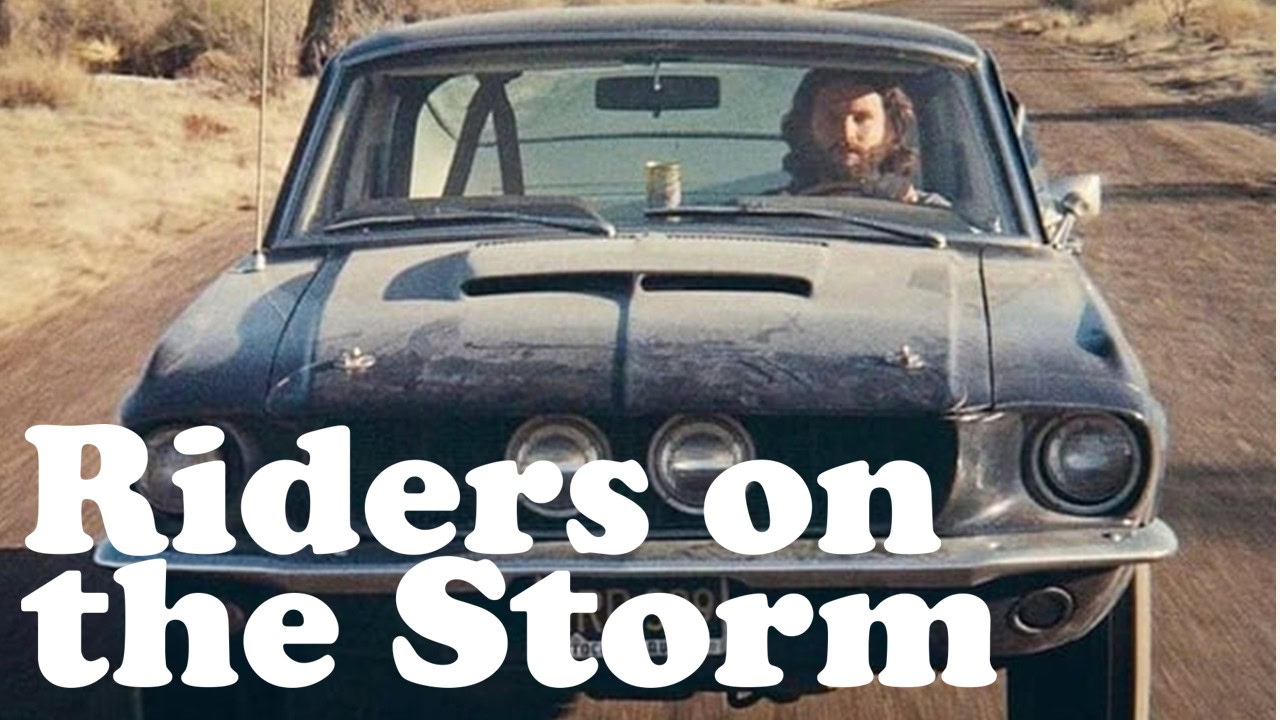This article is adapted from a talk originally presented by Polly Hammond and Michael Bourne at the Wine Sales Symposium in December 2024. It has been gently edited for clarity and flow in written form, while preserving the core insights shared live with wine industry leaders.
Contents
Introduction: What Happens When the Old Playbook Fails?
Imagine trying to market your product in a climate of declining demand, rising cultural scrutiny, and limited ways to talk about what you sell. That’s wine marketing in 2025.
Consumption is falling—especially among younger, health-conscious drinkers. Media coverage regularly warns of alcohol’s health risks. Regulators are clamping down on the way wine can be labeled and promoted. Add to that labor shortages, inflation, distributor consolidation, and a general vibe shift away from indulgence and toward mindfulness, and it’s easy to see why so many in the wine industry are feeling stuck—or worse, irrelevant.
And when you talk to people across the trade—producers, distributors, retailers, sommeliers, commentators—you hear dozens of different explanations. Some blame pricing. Others point to quality. Or branding. Or education. Or competition from cocktails. Everyone has a theory. Everyone has a pain point. But almost no one agrees on how to fix it.
But first, let’s talk about what Jaguar and Apple can teach wine brands about survival
Let’s step outside wine for a moment.
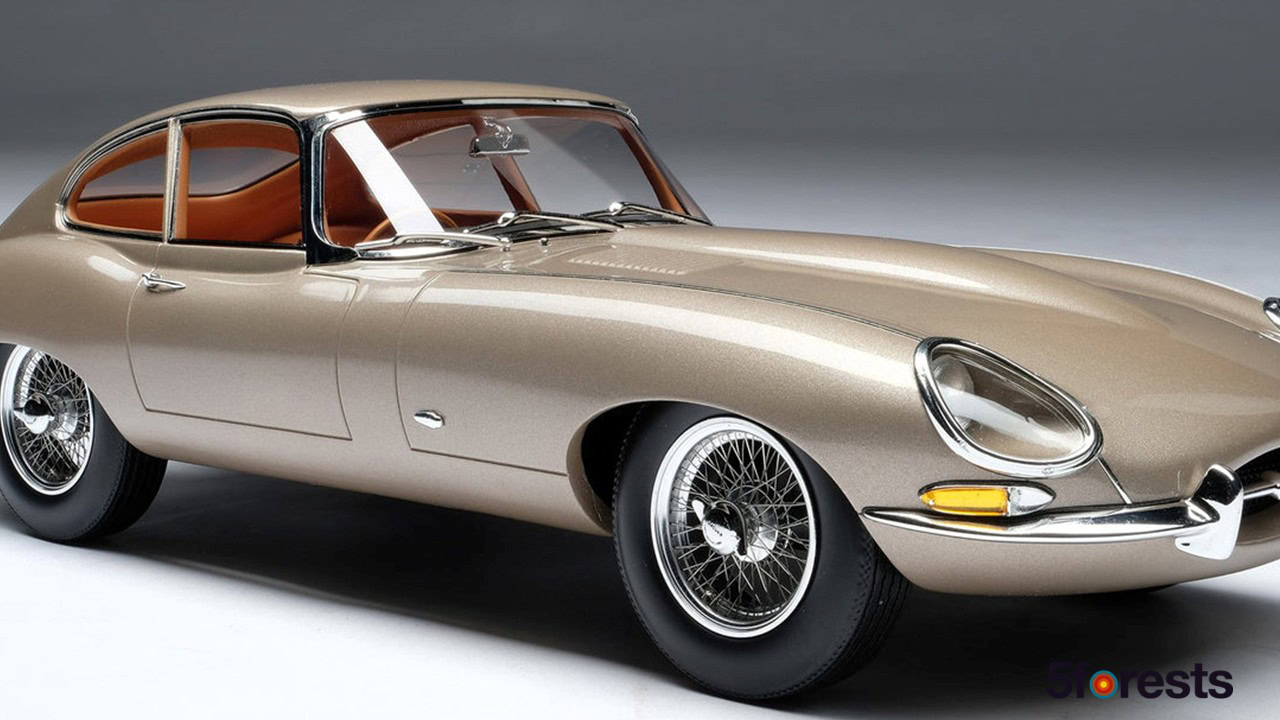
In 2024, Jaguar—once the icon of British automotive elegance—launched a dramatic rebrand. Gone were the purring big-cat emblems, traditional typefaces, and heritage-heavy visuals. In their place: a stark, monochrome logotype and a campaign that felt more high-fashion than horsepower. The reaction? Swift and brutal. Accusations of abandoning identity. Social media takedowns. Loyalists decrying it as soulless and generic.
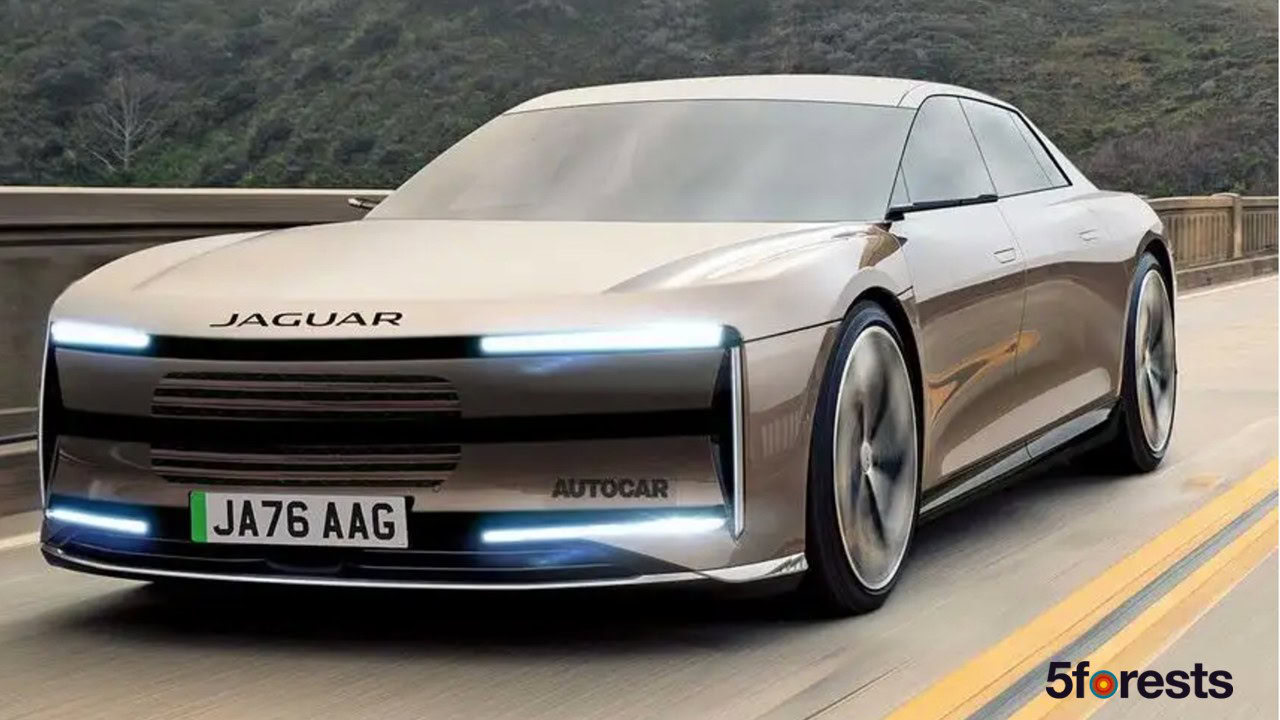
But let’s zoom out.
Jaguar’s sales had been in steady decline. Their internal research showed younger audiences didn’t consider the brand relevant, let alone desirable. Their existing customer base was aging out. Legacy was no longer enough. They weren’t just refreshing a logo. They were willing to lose almost all their loyal customers to rewrite a trajectory.
Whether the rebrand succeeds remains to be seen. But the move itself is a signal: Jaguar knew it couldn’t wait for nostalgia to pay the bills.
And if that story feels risky, remember this one?
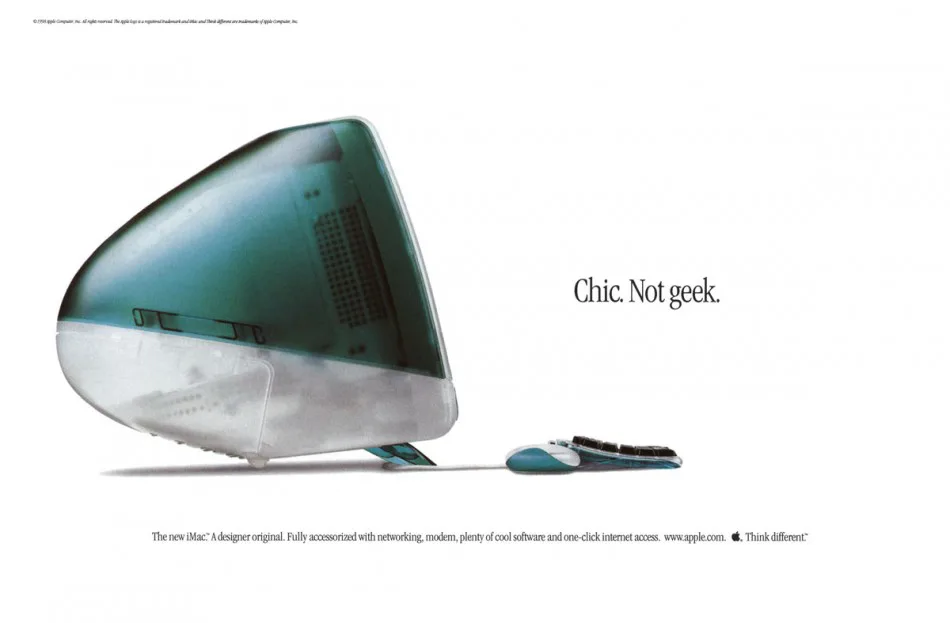
In 1997, Apple was circling the drain. Market share had collapsed. Products were floundering. The company posted an $878 million loss and was on the verge of irrelevance. When Steve Jobs returned, he didn’t save Apple by playing it safe. He cut product lines, cut costs, and focused entirely on making one product boldly different.
That product was the iMac G3. A candy-colored, translucent desktop computer that looked more like sculpture than machine. Critics said it was a toy. That it broke with Apple’s “professional” heritage. That no serious user would buy it.
But it worked. 278,000 units sold in the first six weeks. $414 million in profit within the year. And, more importantly, it redefined Apple’s identity for the next two decades.
What Jaguar and Apple understood—each in their own way—is that brand survival is rarely about staying the same. It’s about evolving intentionally, even when it’s uncomfortable. It’s about knowing what you stand for, who you serve, and how you show up in a world that’s already moved on from the way things used to be.
And that brings us back to wine.
At 5forests, we’ve had the privilege of working with hundreds of wine businesses around the world. And here’s what we’ve seen, time and again: the brands that survive this kind of existential crisis—the ones that not only stay standing but grow—share a very specific set of behaviors.
Eight of them, to be exact.
1. Be Unapologetically Specific
Let’s start with this: if your brand tries to appeal to everyone, it will resonate with no one.
In wine, we’ve long embraced broadness. We’re taught to make wines that are “true to the site” and market them as “for everyone.” But the reality is, most consumers don’t want vague. They want clarity. They want to know exactly who your wine is for—and why it matters.
The brands that grow in difficult climates don’t hedge. They don’t aim for mass appeal. They lean into the very thing that makes them different. Even if it’s divisive.
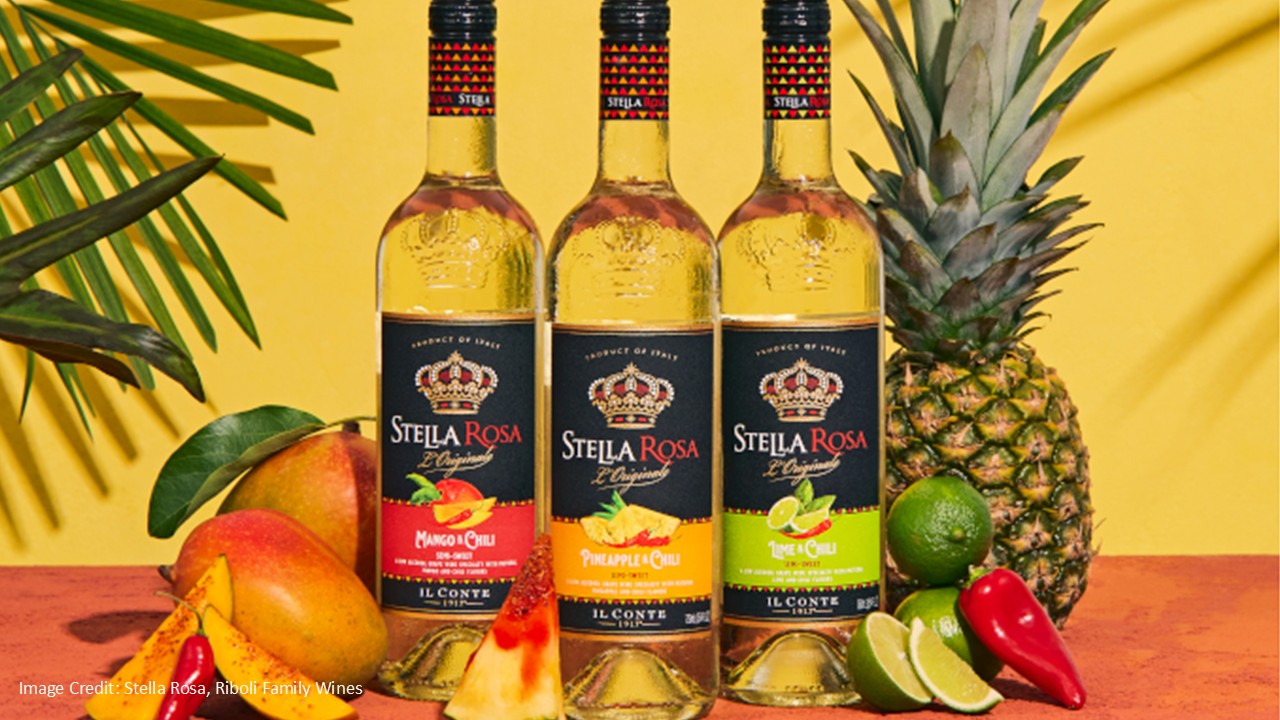
Just look at Stella Rosa Pineapple & Chili—according to Nielsen, the best-selling new wine SKU of 2023. Is it traditional? No. Is it widely loved? Also no. But it knows exactly who it’s for. And that specificity makes it easier to market, easier to place ads against, and easier for consumers to identify and self-select.
Being unapologetically specific means:
- Saying no to platforms and messages that dilute your focus.
- Knowing how many customers you actually need (hello, 1,000 true fans).
- Defining what you don’t do, who you’re not for, and which trends you will not chase.
- Building signature products that anchor your identity in something clear and repeatable.
- Aligning your brand story with your customers’ sense of identity and values.
And yes, that means some people will dislike your wine. Good. That’s clarity. That’s strength. Because when you try to blend in, your audience blends out. But when you stand for something specific—when your customers can say, “this is my wine”—you’re no longer just selling bottles. You’re building allegiance.
2. Be Meaningfully Different
It’s not enough to stand out. You have to stand for something better.
We’ve seen a lot of wine brands try to differentiate by shouting louder, redesigning their labels, or launching limited-edition blends. And while those moves may create a short-term buzz, they rarely build long-term relevance. Why? Because difference, on its own, isn’t meaningful. It has to solve a problem. It has to fulfill a desire. It has to matter.
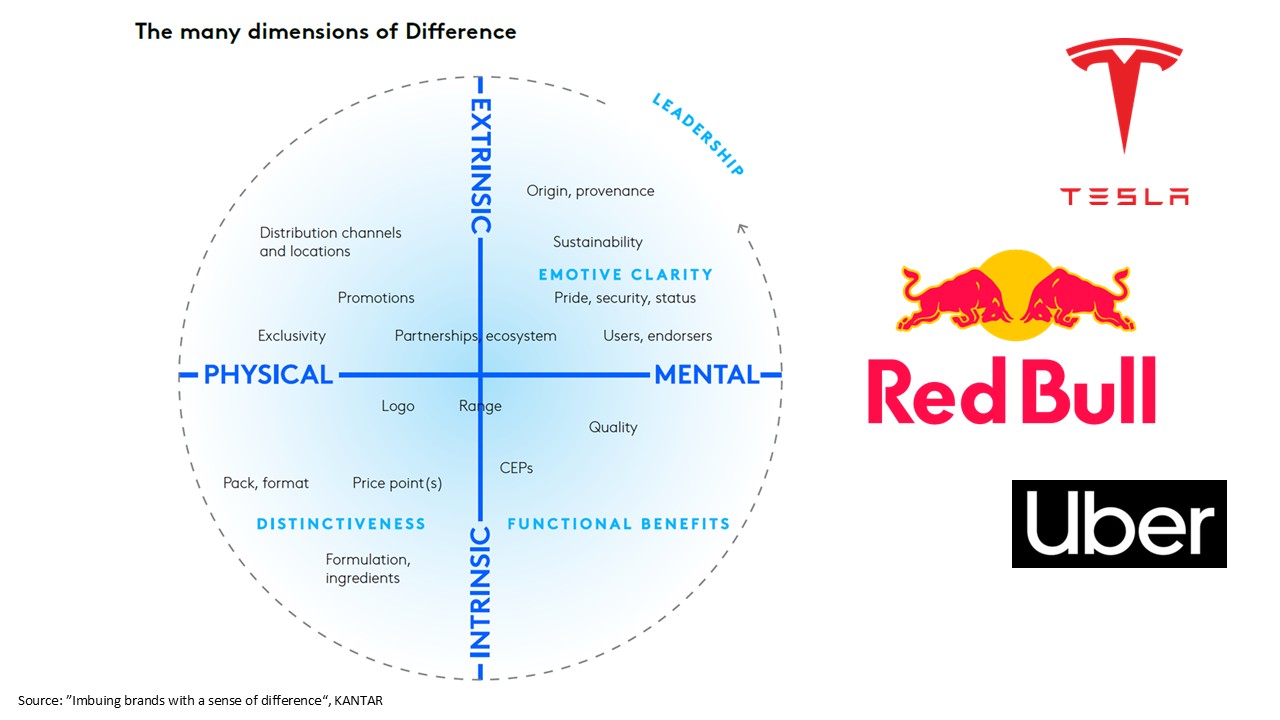
Kantar’s Meaningfully Different Framework gives us a helpful lens here. It evaluates brand strength based on three dimensions:
- Salience – how quickly you come to mind.
- Meaningfulness – how well you meet consumer needs.
- Difference – how unique you are in a way that’s relevant.
Many wine brands focus on salience (trying to be top of mind) or difference (trying to be new). But very few actually ask: Is this different in a way that matters to the person buying it? That’s where the real brand power lives.
Most wine brands fall short here—not because they aren’t trying, but because they confuse category conformity with relevance. Typicity, region, grape variety—these matter within the industry, but often fail to register with today’s consumer. That’s why so many brands still compete on sameness.
But the brands winning right now? They break that mold.
- Franzia: dismissed by the industry, beloved by real customers. Boxed, affordable, memorable. Not for everyone—but perfect for its audience.
- Massican: a white-wine-only brand in Napa, building a modern Italian identity through clean design, storytelling, and clarity of purpose.
- Capri-Sun-style wine pouches: they’re not just novelty—they speak to convenience, lifestyle, and informality.
- Celebrity brands: you may roll your eyes, but they’re mentally sticky and emotionally resonant. They’re shorthand for identity, lifestyle, and cultural relevance.
Even packaging and format send signals of difference. A can, a box, a pouch—these context cues tell people how to use your wine, where, and with whom. In a category that still worships cork and capsule, that stands out.
This is one reason no/low alcohol is outperforming traditional wine categories. It’s not just a novelty—it’s a direct, values-based response to what many consumers are looking for: control, health, mindfulness, inclusivity. It’s a product category that’s succeeding not because it’s loud, but because it’s aligned.
To build meaningful difference:
- Look beyond your region or varietal. Those may be differentiators within the trade, but they often aren’t meaningful to end consumers.
- Consider how your product intersects with modern consumer values: health, sustainability, convenience, expression.
- Stop competing on sameness. Don’t advertise the same features as every other winery and expect to outperform them.
- Name your subcategory. Define what makes you “the only,” “the first,” or “the best” in a category of your own creation.
And remember: subcategories are made up. Just like “luxury SUVs” or “craft tequila” didn’t exist until someone decided they did, your difference is whatever you’re bold enough to claim and consistent enough to own.
3. Be Simple and Accessible
Ask most people how they feel about buying wine, and you’ll hear a version of this: “Just bring me something I don’t hate.”
![graphic reads "could you please bring me something I don't hate [from the wine list]"](https://5forests.com/wp-content/uploads/2025/05/5forests-ROTS-22.jpg)
Wine has long suffered from a complexity problem. We’ve built an industry on nuance, typicity, regionality, and insider language—then wondered why so many consumers feel excluded, overwhelmed, or indifferent. That problem only compounds when we move online, where the default is often an overload of filters, copy, menus, and disconnected messages.
Simplicity isn’t about dumbing down. It’s about removing friction.
When customers land on your website, visit your tasting room, or see your ad, they’re not asking for a WSET course. They’re asking:
- What will this taste like?
- Is this for someone like me?
- Can I trust it for the occasion I have in mind?
- How do I buy it—right now—without hassle?
And yet, many brands still make these answers hard to find. Over-designed websites. Clunky navigation. Overly clever copy. Jargon-filled tasting notes. Slow checkout flows. No clear guidance. The assumption that people already know what they want, when most don’t.
The best brands—especially in difficult markets—win by being radically easy to understand and act on. They remove barriers. They make things obvious. They respect people’s time.
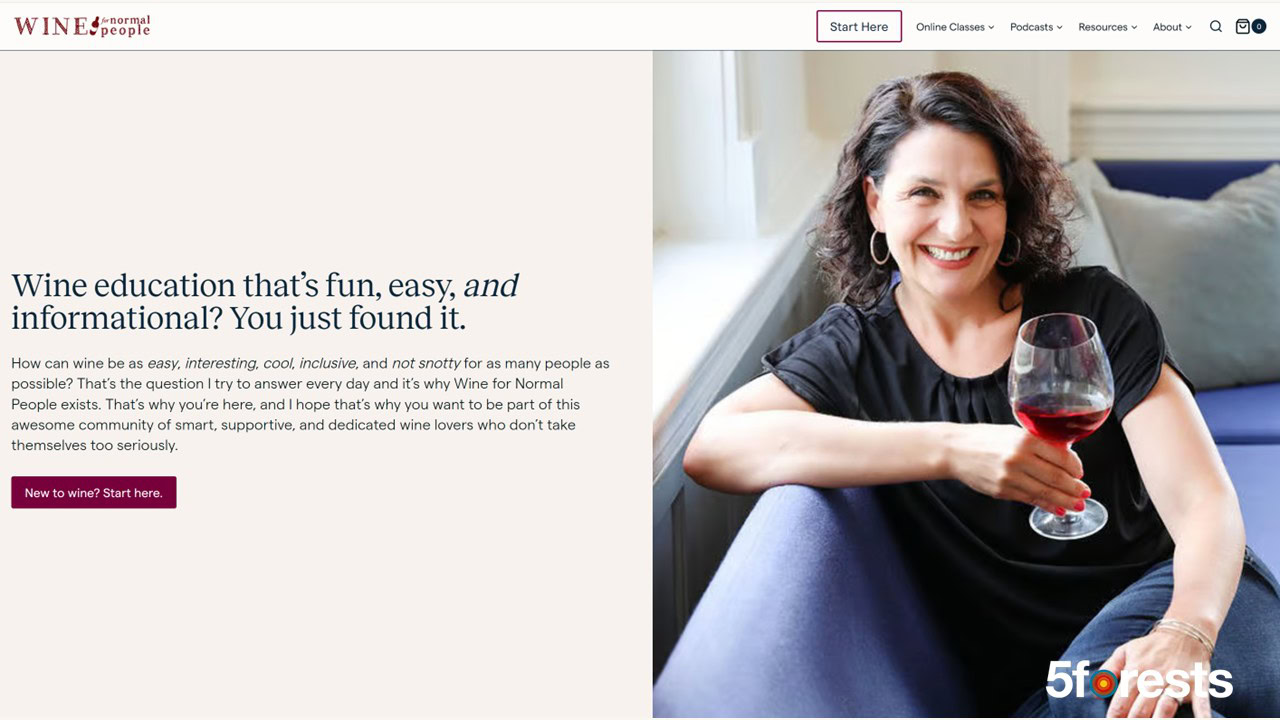
To make your brand simpler and more accessible:
- Map your digital and in-person customer journeys. Identify where people drop off, hesitate, or disengage.
- Use the language your customers use, not trade or critic language.
- Prioritize clarity over cleverness in menus, filters, CTAs, and descriptions.
- Optimize your site and ads for the 95% of users who want red or white, not Cab Franc from a specific soil type.
- Consider accessibility beyond language—visuals, navigation, and mobile responsiveness matter deeply.
Google calls this the “messy middle”—where customers toggle between exploration and evaluation, looping through content until something gives them the confidence to convert. If your brand complicates that loop, you’re out. If your brand makes it feel easy, you win.
The takeaway? Simplicity isn’t a compromise. It’s a competitive edge.
5. Be Like Water: Resilience Through Adaptability
In wine, production is anything but agile. You make choices years before a bottle ever hits the shelf. But resilience isn’t only about what’s in the bottle—it’s how you show up around it. When you can’t change your core product quickly, you adapt everything else: experiences, communications, formats, and expectations.
Adaptability isn’t about abandoning identity. It’s about adjusting everything that isn’t sacred.
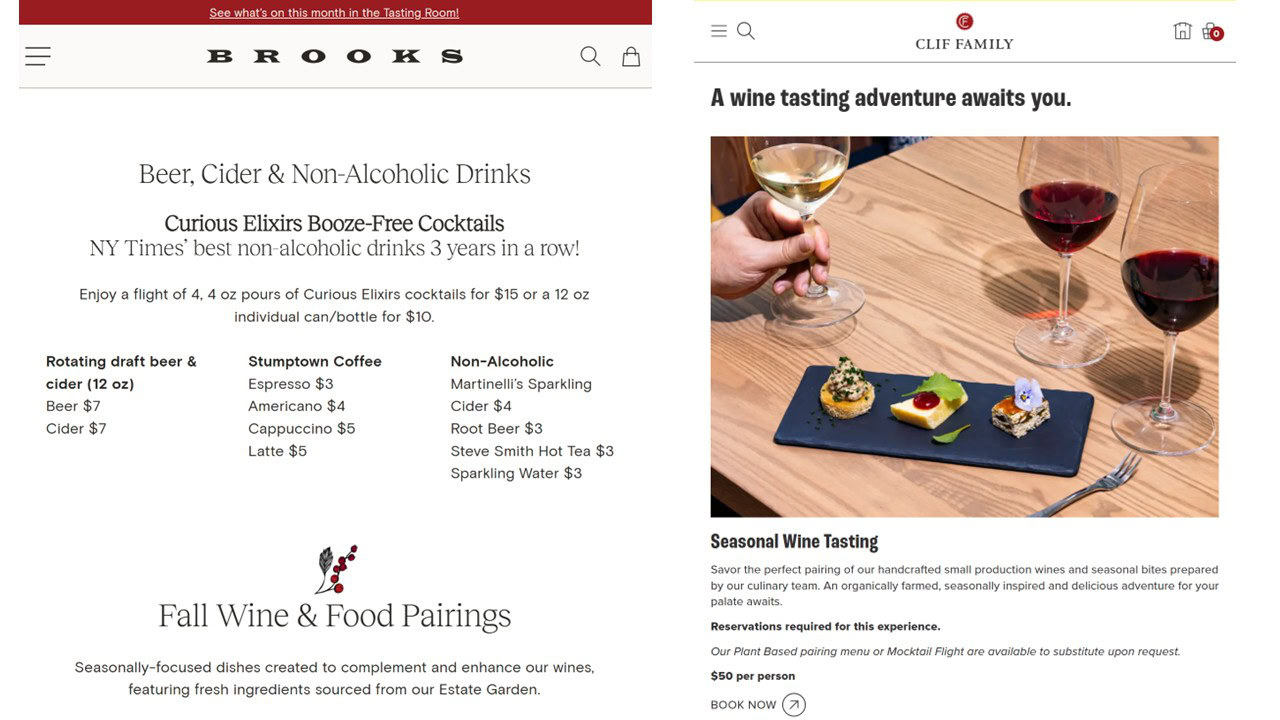
Take Brooks Winery. They didn’t just add a non-alc option to keep up with a trend—they created a hospitality environment where non-drinkers could feel as seen and delighted as wine lovers. From curated alternatives to thoughtful pairings to local coffee service, they made inclusion their differentiator.
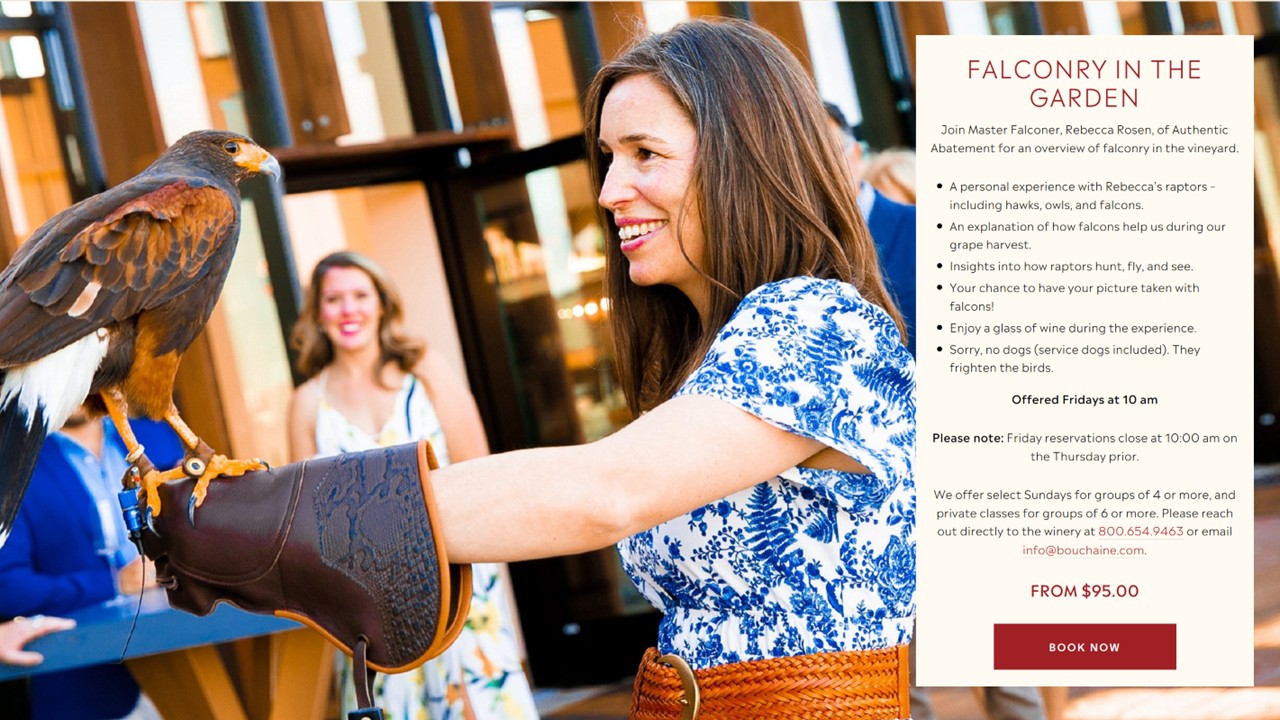
Or look at wineries introducing rotating tasting menus, seasonal programs, or even unexpected offerings like falconry experiences. These aren’t gimmicks—they’re ways to drive repeat visits, offer new value, and become a destination, not just a tasting.
Other brands embrace format innovation: single-serve, boxed, or sustainable packaging that matches shifting values without diluting quality.
The lesson here? Adaptation happens in the layers around the wine:
- Programming: Monthly pairings, seasonal themes, exclusive cohorts—frequency builds engagement, even more than “loyalty.”
- Positioning: Stop anchoring everything to tradition. Test ideas that feel relevant to this moment, this customer.
- Experiences: Expand what a visit can be—food, music, education, exploration, celebration.
- Formats: Offer wines in containers that meet convenience and sustainability expectations.
- Non-alc inclusion: If you say everyone’s welcome, show it. That means serving proudly, not apologetically.
And as luxury brands like LVMH have shown through leaders like Leticia Roche Grenet and Maggie Henríquez, heritage and innovation are not opposites. In fact, adaptability is the strategy that protects heritage over time. You don’t evolve away from your identity—you evolve to keep it alive. And as Urde, Greyser, and Balmer note in their research on corporate heritage brands, history isn’t static. It lives in past, present, and future. Strong brands extract value from what they’ve done but invest value into what they’re becoming.
Adaptability is how we stay relevant. It’s how we respond to changing customer needs. And it’s how we move forward without losing ourselves. So define your non-negotiables. Guardrails matter. But within them, give your team permission to test, learn, and move.
6. Choose Transparency Over Authenticity
For years, marketers have been told to “be authentic.” But in today’s landscape, authenticity isn’t enough—because everyone claims it. What consumers actually want is transparency.
Transparency is actionable. It’s what happens when you back up your words with clear, honest, verifiable information. And in a regulated, often opaque industry like wine, it’s one of the fastest ways to build—or lose—trust.
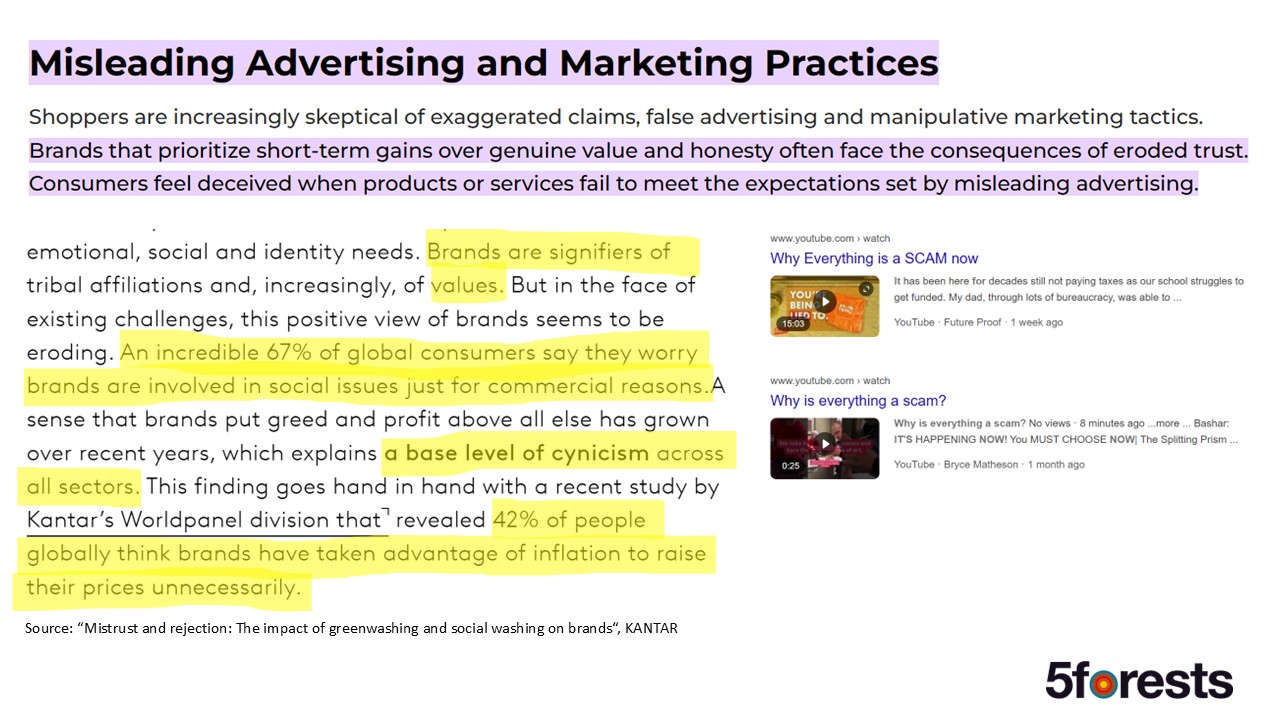
According to Edelman, 81% of global consumers say they must be able to trust a brand to even consider buying it. Not to love it. Not to recommend it. Just to consider it. That’s the bar.
But how often do wine brands pass that test? From hard-to-find cancel buttons and unclear tasting room pricing to romanticized language that hides reality, wine too often relies on mystique when modern consumers are asking for clarity.
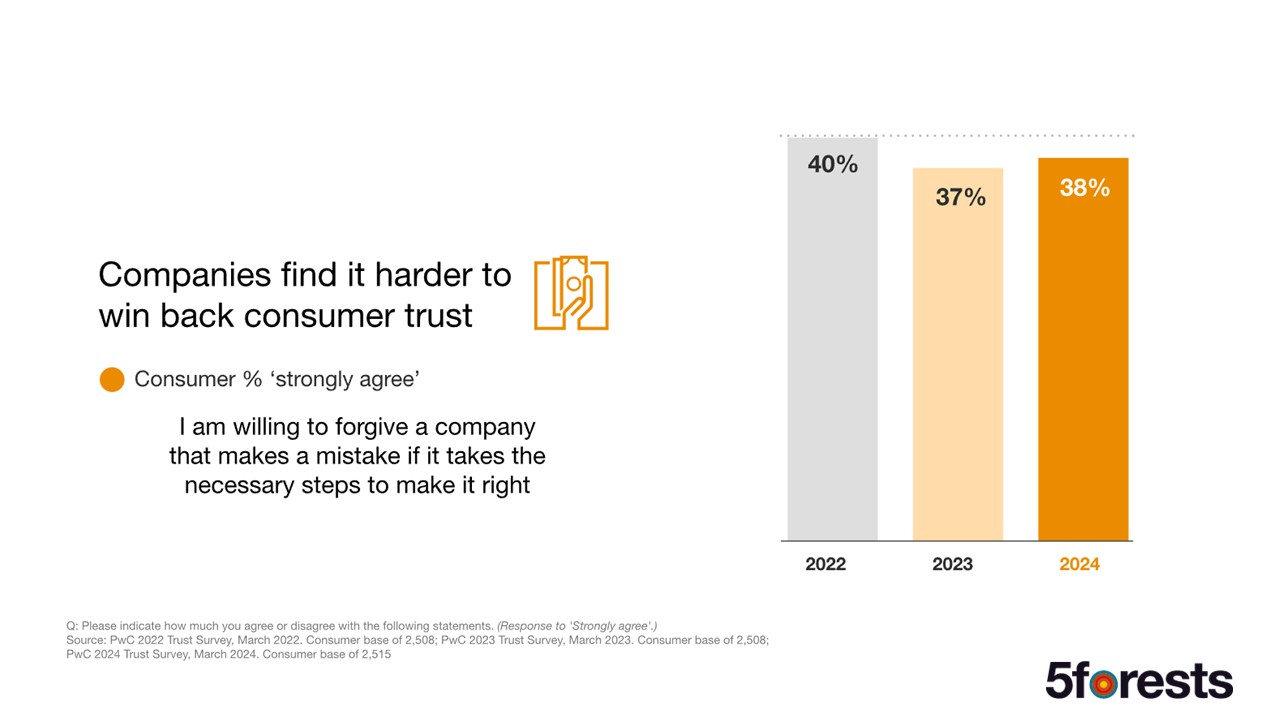
Transparency doesn’t mean telling everything. It means telling the truth, clearly and consistently, about what matters to your customers.
That includes:
- What your product is: what it tastes like, how it’s made, how to enjoy it.
- What your terms are: cancellation policies, shipping timelines, what happens when something goes wrong.
- How you operate: sustainability efforts, sourcing, labor practices, and company culture.
- How you respond: to criticism, reviews, mistakes, and questions.
- What’s real and what’s just copy: don’t use storytelling to obscure basic facts.
It also means consistency. Across your website, ads, social channels, tasting room, and DTC communications, customers should hear one story—not a fragmented, platform-dependent one. Consistency builds confidence. And confidence leads to conversion.
Transparency is not just a nice-to-have. It’s a competitive advantage. Because in a world where trust is eroding, the most valuable thing a wine brand can offer isn’t scarcity. It’s certainty.
7. Be a Kickass Coach
You’re only as good as the team that brings your brand to life.
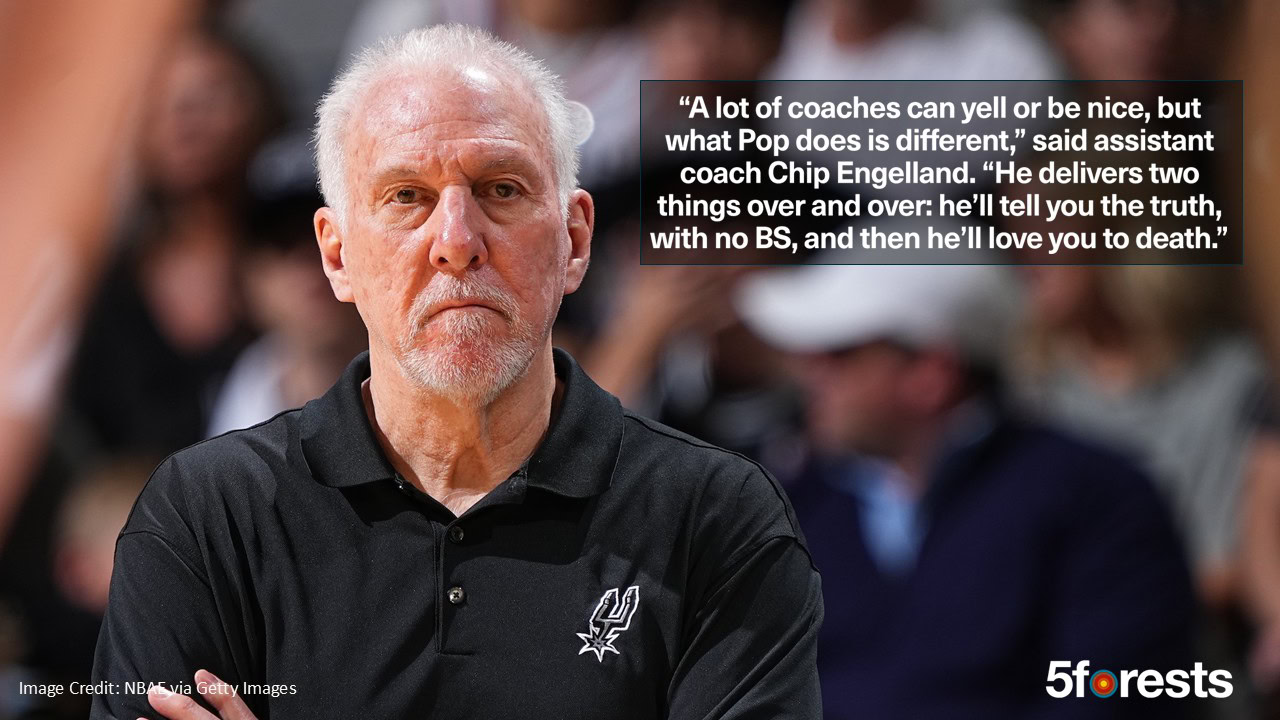
In a post-pandemic industry marked by burnout, high turnover, and rising customer expectations, the wineries that thrive aren’t just those with great wine or savvy marketing. They’re the ones with staff who are informed, confident, and empowered to make smart, customer-centric decisions.
That doesn’t happen by accident. It happens when leadership shifts from command-and-control to coaching.
Coaching-style leadership isn’t about being the smartest person in the room. It’s about cultivating people who think critically, solve problems, and understand the why behind your brand. It’s about listening, mentoring, sharing context, and fostering curiosity at every level of the business.
Being a kickass coach means:
- Prioritizing open communication: everyone on your team should know what’s on the website, what’s in the latest email, and what’s being promoted.
- Encouraging team-wide marketing awareness: if customers are asking about it, your team should be ready to talk about it.
- Training staff on trends, UX, and digital basics—not just the wine list.
- Making sure everyone understands your positioning so they don’t accidentally undermine it (“Oh, that’s just our cheap one…”).
- Focusing on feedback loops: what’s working, what’s confusing customers, what needs to be fixed?
And when the team can’t do it all in-house, great coaches bring in external support to fill gaps, not replace people. Whether that’s design, strategy, or campaign execution, the goal is to strengthen the whole system—not silo knowledge or outsource accountability.
Digital moves fast. Customers move faster. Blame has no place in a modern winery. Empowerment, collaboration, and learning do.
The best wine brands today don’t just train their people. They develop them.
8. Lead Strategically
In times of uncertainty, leadership becomes either your greatest strength—or your biggest liability.
Too often, wineries default to short-term thinking when the pressure’s on: run another promo, slash shipping, launch a “new” product with recycled messaging. But short-term tactics won’t fix long-term problems. Worse, they erode positioning, train customers to wait for discounts, and leave teams exhausted and reactive.
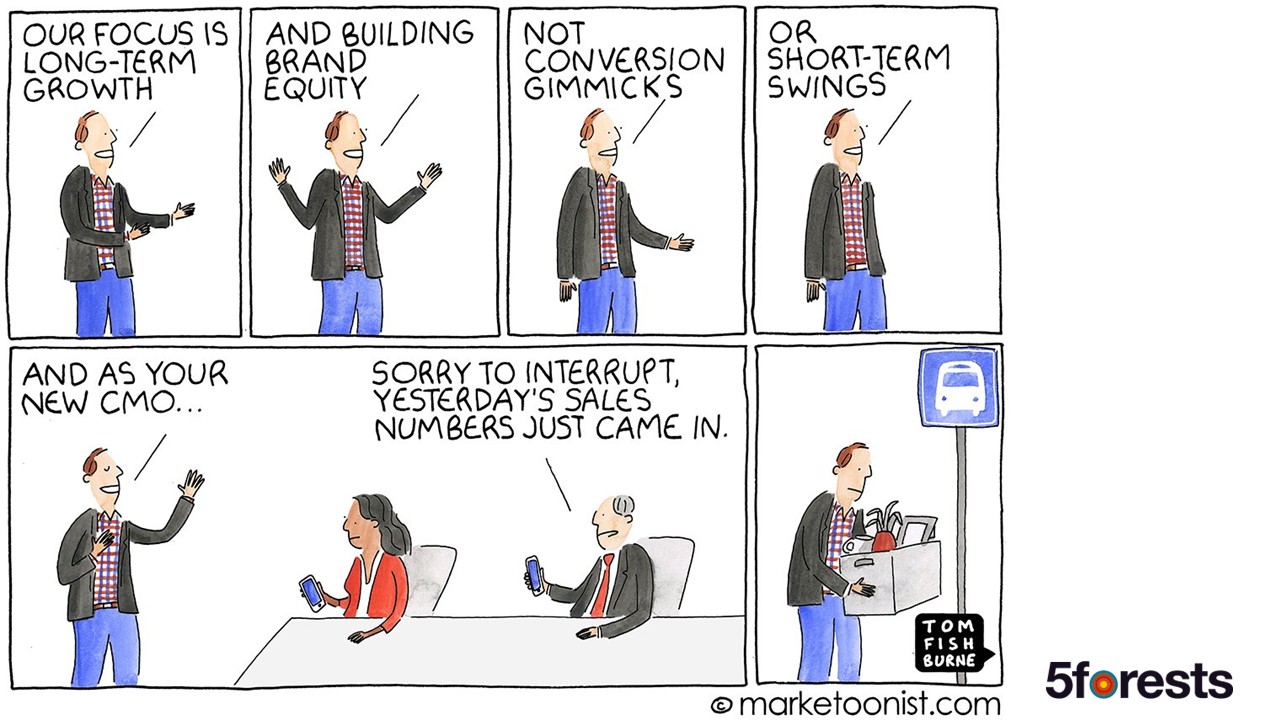
Strategic leadership means seeing the path before others do—and having the discipline to stay on it.
It means:
- Saying no to tactics that deliver fast revenue but weaken the brand.
- Defining the metrics that matter—and ignoring the vanity ones that don’t (likes ≠ loyalty).
- Investing in infrastructure, like good data hygiene, integrated platforms, and user-friendly websites—not just new labels or hashtags.
- Forecasting shifts in consumer behavior, legislation, and platform performance before they become emergencies.
- Running experiments with clear hypotheses, small budgets, and defined goals—not chasing shiny objects without a plan.
Leadership is about coherence. It’s about making decisions across marketing, product, hospitality, pricing, and digital that all ladder up to one clear promise. It’s about building a future worth leading toward—not just defending what’s already behind you.
And yes, that requires courage. Because strategy isn’t always popular. It’s not always fast. But it’s what separates the brands that react from the ones that rise.
You can’t control the economy. You can’t control generational preferences. But you can control your response. And right now, that response will determine who survives this storm—and who emerges stronger for it.
Conclusion: Weathering the Storm
The wine industry is at a crossroads. We can’t market our way out of declining consumption. We can’t story-tell our way out of shifting cultural values. And we can’t cling to tradition while ignoring the realities of a modern, skeptical, and choice-saturated customer.
But here’s what we can do.
We can choose specificity over blandness.
We can build brands that are meaningfully different, not just loud.
We can simplify the experience, not complicate it.
We can treat customers like long-term relationships, not one-time sales.
We can stay agile—adjusting what needs to change without losing who we are.
We can be transparent in how we talk, price, and behave.
We can lead our teams like coaches, not bosses.
And we can make strategic choices that connect marketing to business outcomes—not just hope and vibes.
These aren’t platitudes. They’re the observed behaviors of the wine brands who are still growing, still profitable, still shaping culture—while others fall quiet.
You don’t need to be everything to everyone.
You don’t need to win every trend.
But you do need to make the hard, deliberate choices that align your brand with the customers you do want—and then give them a reason to stay.
So: what part of your business is still trying to be liked by everyone?
What tactic are you using out of habit, not effectiveness?
What message are you putting into the world that no longer fits who you are?
You don’t have to answer everything today. But you do have to start asking.
Because in a storm like this, the brands that survive aren’t always the biggest.
They’re the clearest, the most intentional, the most human.
They know where they’re going. And they don’t wait for the weather to change before they act.
